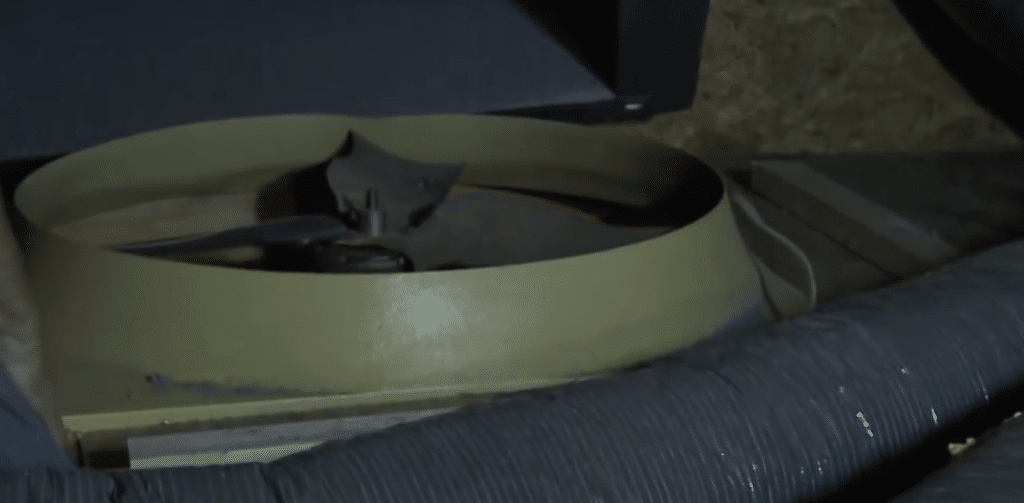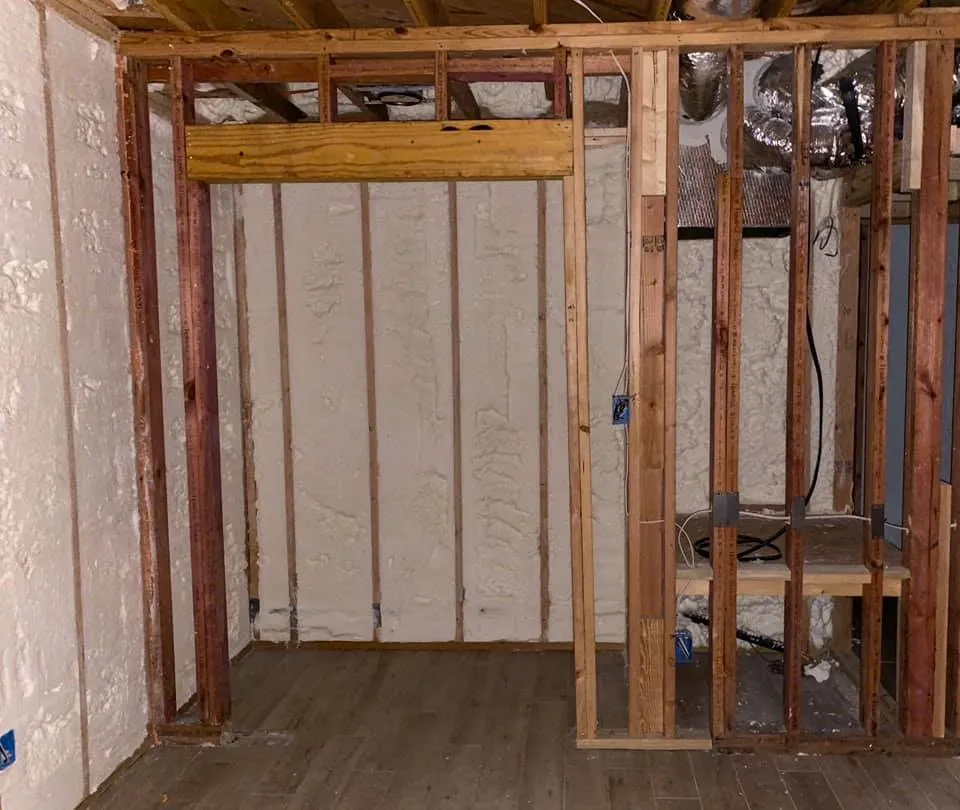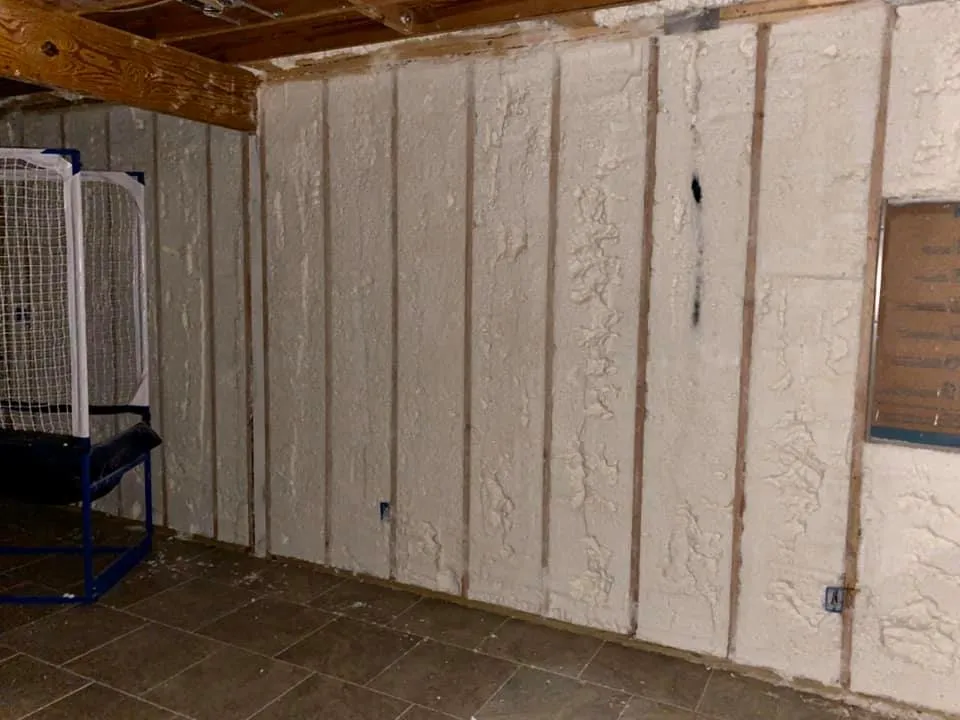Theoretically speaking, having whole house fans in your Austin area house makes a ton of sense. With the right conditions, cooling your home with a whole house fan will use up far less energy than most AC systems. A whole house fan is quite efficient and effective. It’s likely that your house came with one, so why not use it?
Here’s the thing about whole house fans. While they might be of good use on a handful of days, the whole house fan cost is significant when not in use. How? A lot of homes are actually better off not having a whole house fan at all and just running the air conditioning system instead.
Interested to know why? Let’s look at the whole house fan pros and cons.
How Whole House Fans Operate
A whole house fan switch works by bringing outdoor air into your home and exhausting it through your attic. Naturally, you need to crack some windows open for the fan to be effective.
A whole house fan can be more efficient at cooling your home than your air conditioning system under the following conditions:
- The interior of your house is warmer than outside.
- You want your home to be cooler.
- Indoor dew points are higher than outdoor dew points (In simpler terms, the air is drier outside than inside)
Here in Austin, these conditions only occur ever so often. On certain mornings, especially during spring and fall, you will likely wake up to an uncomfortably warm home and cool, dry-ish conditions outdoors. This is could very well be the only time it would make sense to run the whole house fan.
It tends to get too hot and humid to run the fan during summer whereas when its wintertime, you will naturally not want to cool your home – you will want to heat it!
You will probably experience optimal whole house fan conditions on 25 days out of an entire 365 in a year. That’s a whole 11 months (340 days) each year where the fan simply lies idle other than serving as a gaping hole in your home’s thermal and air barrier. You’ll find that conditioned air is probably leaving your home through the slats covering the fan, thus tasking your HVAC system to work harder.
During the summer, hot, humid air penetrates into your home through the same slats This makes it harder and more costly to keep cool especially on the hottest days. On the other hand, during winter, warm air will leave your house through the fan which will make it harder to keep warm thus imploring you to run your furnace more often than you otherwise should. That’s 25 days of fan use and 340 days of staggering energy loss and sub-par indoor comfort.
Due to the manner in which insulation gaps affect just how well your house loses and retains heat, your whole house fan could be hampering the effectiveness of your attic insulation by an estimated 27%. For instance, presumably, you’ve insulated your attic to R-38 everywhere except above your whole house fan, the system will only perform as if you had R-27 insulation.
The bottom line? For all the benefits that whole house fans offer, they seem to cause more disadvantages than advantages. In general, you’re better off using your AC on days when you’d otherwise use the fan rather than having a whole house fan in the first place.
Considering a whole house fan vs attic fan?
A passive attic fan can be okay. But once you turn it into a powered attic fan, you are then again sucking conditioned air out of the house, which costs you more energy. Many homes have crawlspaces under them in Austin. We have seen powered attic fans bring tons of moisture into the house, warp wood floors, and do other damage.
Do you have a whole house fan installed in your Austin home?
Here’s are two ways in which you can deal with the whole house fan:
- We can install our DavidLewis Removable Whole House Fan Cover that seals and insulates around the entire fan.
- Uninstalling the whole house fan, patching the hole with drywall, and adding insulation on top.
The first process is almost the same as how everybody should treat their attic hatch. Much like a whole-house fan, your attic hatch is a significant source of air leakage and heat loss. Sealing it off with a whole house fan insulation cover can help you stay comfortable and warm while reducing how much you spend on energy bills.
The second method involves drywall work, which can prove to be messy if not handled properly. However, a lot of people prefer it because it usually ends in a smooth, unblemished ceiling. This means you won’t have to look at the fan anymore, which is a big plus for your interior aesthetics. It is a permanent whole house fan shutter.
If you do like your whole house fan, you have the choice to keep it! However, be mindful that you might have to compromise on comfort and high energy costs.
A whole house fan tends to bring about more problems than solutions. Choosing to seal and insulate the ceiling gap will help you can prevent those problems because you will manage to keep conditioned air within your home where it belongs while saving good money on your energy bills.
In the long-term, we don’t believe you’ll regret sealing or removing the whole house fan. You can alternatively run your AC and still use up less energy.





